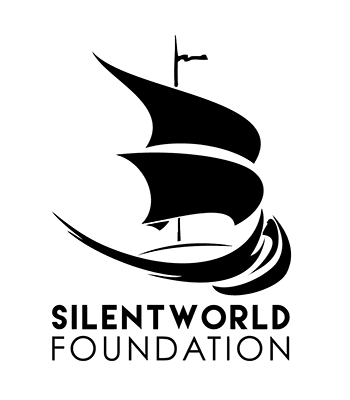Click any image to view in full resolution



Click any image to view in full resolution
Description:
Portrait of Philip Parker King. Black and white engraving. Illustration by artist William Hatherell. King was for some years the only Australian-born man elevated to prominence outside the Australian colonies. King was a distinguished navigator and a marine surveyor, and towards the end of his life was promoted to rear admiral....
Read morePortrait of Philip Parker King. Black and white engraving. Illustration by artist William Hatherell.
King was for some years the only Australian-born man elevated to prominence outside the Australian colonies. King was a distinguished navigator and a marine surveyor, and towards the end of his life was promoted to rear admiral. Between 1817 and 1822 he undertook four major voyages, surveying Australia’s waters and coastline. In 1826-1830 he conducted the major marine survey of South America.
King, a prolific writer, produced extensive accounts of his explorations, published in several volumes, some with his own illustrations. He ventured into colonial politics, big business, agriculture, and had one of the largest landholdings in Sydney. In his busy life, he also found time to sit on the first Board of Trustees of the Australian Museum.
King was born on Norfolk Island in 1793 and has been described as one of the greatest early Australian marine surveyors. In HM Cutter MERMAID Parker King circumnavigated the Australian mainland and conducted the first reliable survey of the Great Barrier Reef Inner Route, opening it to commercial traffic. It was on this circumnavigation that Parker King named Careening Bay on the Kimberley coast, after bringing the HMC MERMAID in for repair. Parker King carved ‘H.M.C. MERMAID 1820′ into the trunk of a conspicuous Boab tree in Careening Bay, in October of the year. The Boab is still there today.
On its last voyage, the then HM Colonial Schooner MERMAID was sailing to Fort Wellington, Raffles Bay in what is now the Northern Territory, under Captain Nolbrow. HMCS MERMAID was wrecked on June 13, 1829 and subsequently sighted by HMS CROCODILE in 1830 on a reef 6 nautical miles due east of Frankland Reefs.
As part of a collaborative project, the Silentworld Foundation located the wreck site of MERMAID in 2009. Learn more here .
Read less